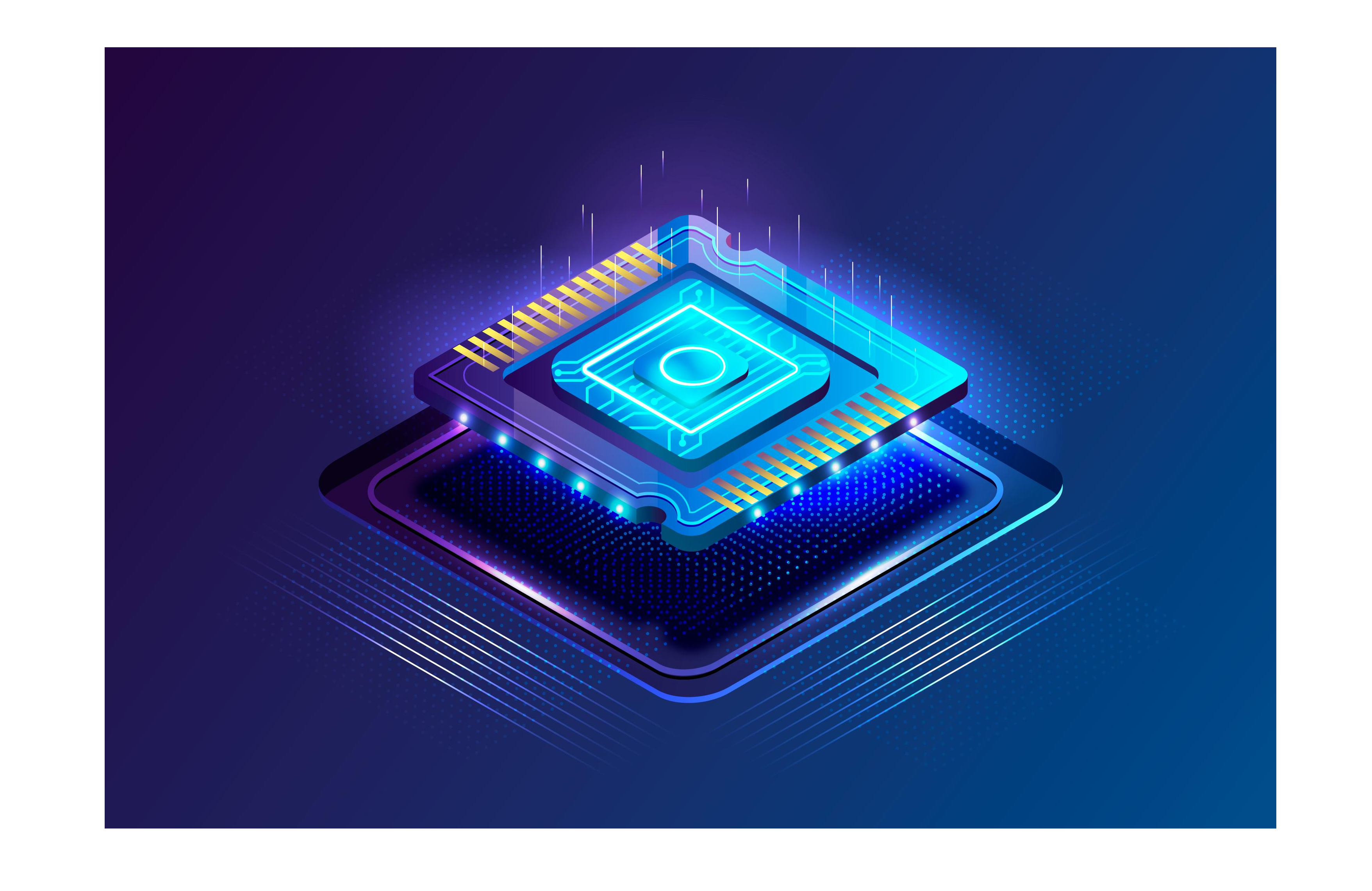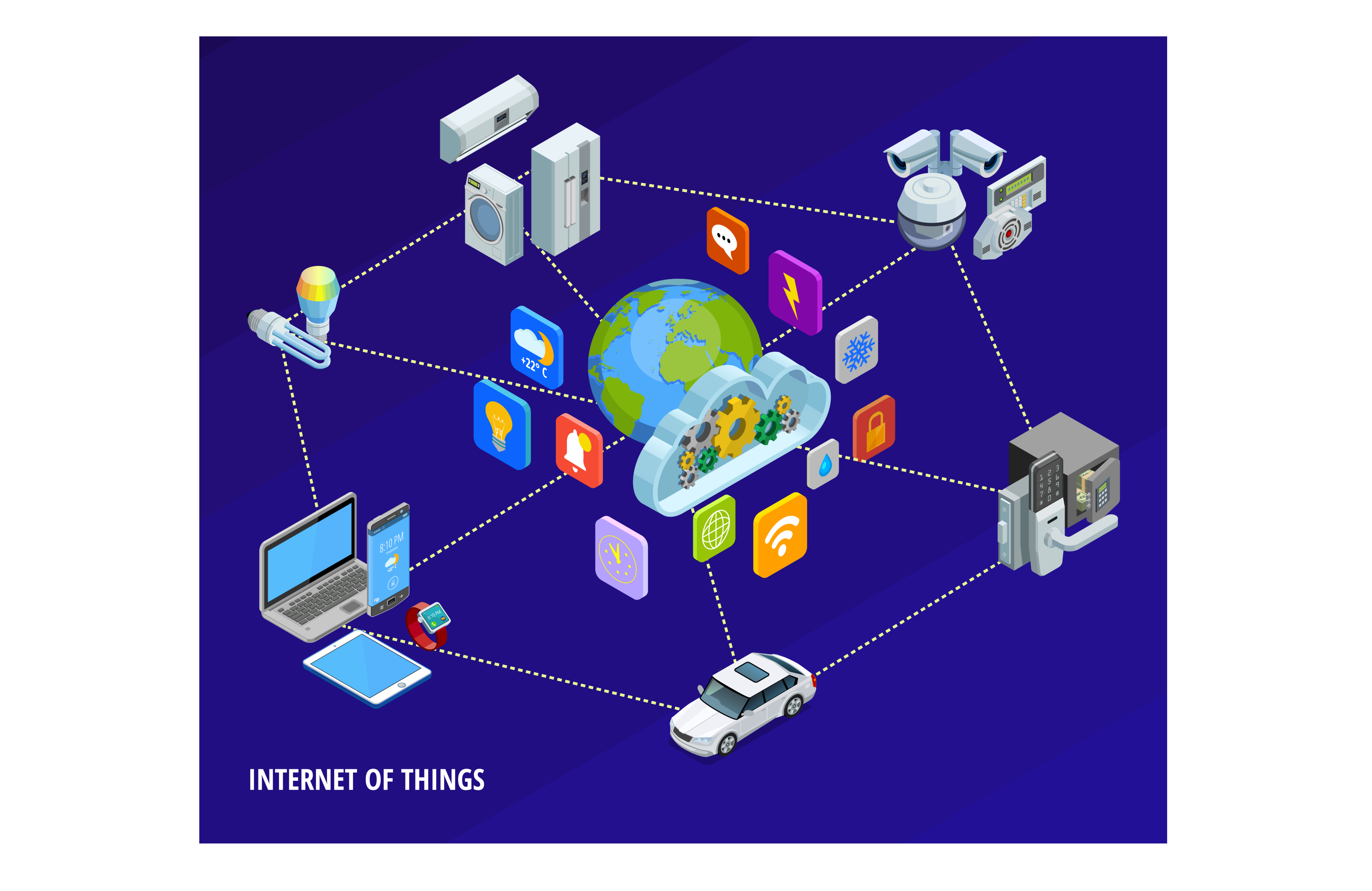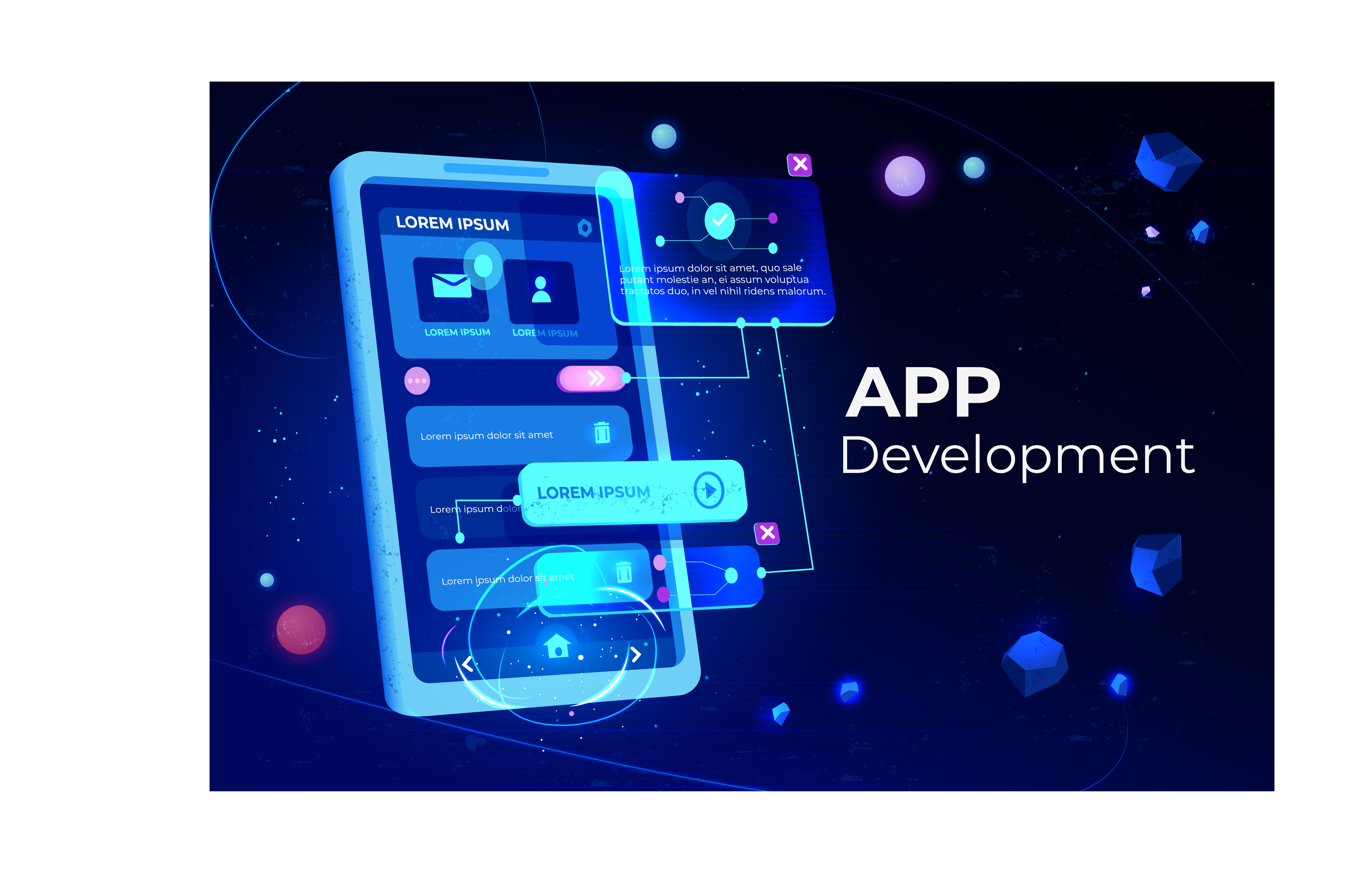


Embedded systems and the Internet of Things (IoT) are two interrelated technologies shaping the future of connectivity and automation. Embedded systems, consisting of hardware and software components designed for specific tasks, play a crucial role in enabling IoT devices to function efficiently within interconnected networks.
Embedded systems form the backbone of IoT devices, providing the necessary functionality to collect, process, and transmit data seamlessly. These systems are essential for ensuring the smooth operation and connectivity of IoT devices across diverse applications and industries.
Microcontrollers and microprocessors serve as the computational brains of IoT devices, executing predefined tasks and managing communication with other devices. Sensors and actuators gather data from the environment and initiate actions based on predefined parameters. Communication protocols facilitate data exchange between IoT devices and the cloud or other connected devices. Power management systems optimize energy consumption, prolonging the operational lifespan of IoT devices.
Embedded systems offer several advantages in the context of IoT. They enable real-time data processing, allowing for immediate response to changing conditions. Moreover, their low power consumption and small form factor make them ideal for deployment in resource-constrained environments. Additionally, the customizability and flexibility of embedded systems allow for tailored solutions to specific IoT applications.
Despite their benefits, embedded systems in IoT face challenges and limitations. Security concerns, such as unauthorized access and data breaches, pose significant risks to IoT networks. Compatibility issues between different hardware and software components can hinder seamless integration. Scalability challenges may arise when expanding IoT deployments, requiring careful planning and management. Furthermore, the complexity involved in integrating multiple embedded systems components can lead to interoperability issues.
Embedded systems find applications across various sectors within the IoT ecosystem. In smart home automation, these systems enable the control and monitoring of household appliances and systems remotely. In the industrial Internet of Things (IIoT), embedded systems facilitate predictive maintenance, asset tracking, and process optimization. Healthcare monitoring systems rely on embedded systems for collecting and analyzing patient data in real-time. Environmental monitoring and control systems utilize embedded systems to monitor air quality, temperature, and other parameters for sustainable resource management.
Looking ahead, several trends and innovations are shaping the future of embedded systems in IoT. Edge computing and edge AI empower IoT devices to process data locally, reducing latency and bandwidth requirements. The integration of blockchain technology enhances security and data integrity in IoT networks. Advancements in communication protocols, such as 5G and LoRaWAN, enable faster and more reliable connectivity. Moreover, ongoing research in power efficiency leads to the development of energy-efficient embedded systems for IoT applications.
Embedded systems play a pivotal role in driving the proliferation of IoT devices and applications. With their functionality, versatility, and adaptability, embedded systems continue to advance the capabilities of IoT technology, paving the way for a more connected and intelligent future.

5th July 2024

1st January 1970

1st January 1970

4th September 2024

4th June 2024

D-U-N-S Number : 860501484
© 2023 ALL RIGHTS RESERVED. DESIGNED BY NINOS IT SOLUTION DEVELOPED BY ECPHASIS INFOTECH